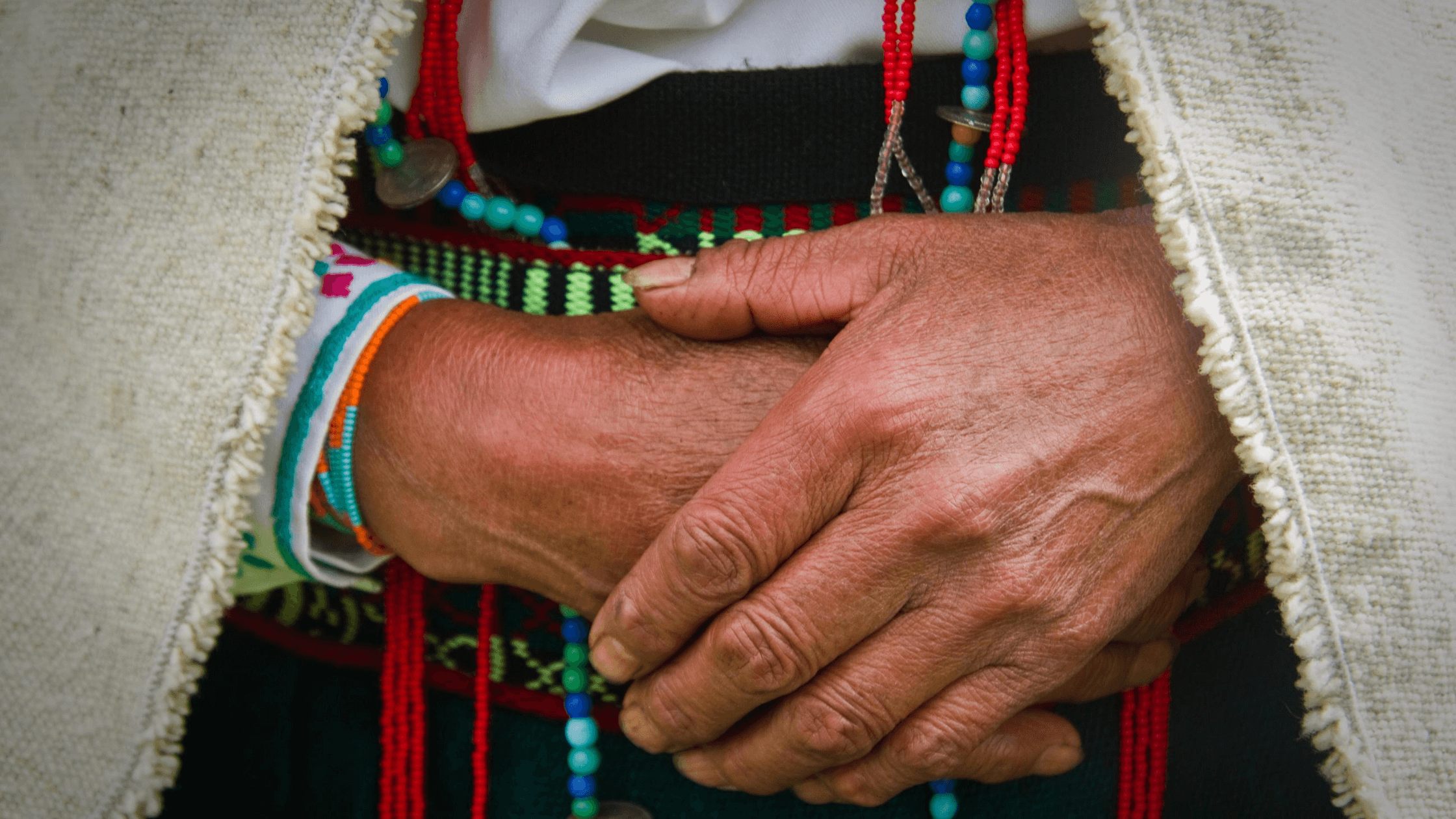Faced with the arrival of the coronavirus in their territories, indigenous peoples are in a high vulnerability for several reasons, including higher levels of poverty, lack of access to essential services, higher prevalence of chronic diseases, and various cultural barriers, including language.
Also, for some indigenous peoples, especially those with a small population, in voluntary isolation or initial contact, the virus can cause irreversible consequences not only for their members but also to their existence. In the continent, out of 826 indigenous peoples, some 460 have less than 3,000 members, around 200 are in voluntary isolation, and more than 100 are trans-boundary.
Resilience and efficiency
While demanding that public institutions fulfill their functions, communities respond and take action, aware of the urgency of the situation. Let’s see just three of the many examples that we could share in this regard.
The Siekopai Peoples
The Siekopai are a cross-border nation between Ecuador and Peru, with a population of only 744 people. So far, almost 10% of its total members have been infected by COVID-19. The first thing the community did was protect its elders, whom they took to strategic sites, small islands in the Cuyabeno area, “where our ancestors told us that the center of origin is” to avoid getting infected.
In an exercise of collective recovery of their stories and knowledge, they began to collect and share stories from grandmothers and grandfathers about how they coped with previous illnesses. They analyzed the various uses of medicinal plants and compared it with the symptoms and effects of the virus until finally, they identified the most suitable plants for their prevention and treatment of COVID-19 symptoms.
Later they made an expedition deep into the jungle where the grandparents identified and collected the chosen medicinal supplies. They prepared medicines and then applied them according to the needs and condition of the affected people, either orally, by drip or by vaporization.
Now the Siekopai are sharing their learnings on good practices with the other Amazonian nationalities. In coordination with the Confederation of Indigenous Nationalities of the Ecuadorian Amazon (CONFENAIE), they will make another foray into the jungle to continue the medicinal preparations that are useful for them and thousands of indigenous brothers and sisters in the region.
Indigenous Women’s Consortium
In the Lake Atitlán area, in Guatemala, the Indigenous Women’s Consortium, made up of eleven organizations of Tz’utujil and Kaqchikel women, has the main objective of promoting the economic empowerment of women as a tool to combat gender violence. Through the promotion of entrepreneurship projects, the organization battles the lack of financial autonomy that often forces women to endure mistreatment and remain in the circle of violence. In the pandemic context, the consortium undertook the development of a line of protective masks with the use of traditional looms such as jasper and backstrap, with several layers that achieve the appropriate level of filtering. In its preparation, they also use natural dyes, an ancestral Mayan practice that respects the environment. This initiative not only contributes to preventing the spread of the coronavirus contagion, and at the same time, constitutes a source of employment and income for these women in the context of the pandemic.
Indigenous youth
In the State of Oaxaca, Mexico, young people from various indigenous peoples, in coordination with interpreters and translators, translated messages about the care, prevention and attention of the contagion of COVID-19 into fifty linguistic variants of local languages such as Zapotec, Mixtec, Triqui, Amuzgo, Cuicateco, Chatino, Chinanteco, Chontal, Mixe, Zoque, Nahuatl and Mazateco, covering the eight regions of the state. The dissemination materials include specific formats for indigenous people who live outside their community, whether in Mexican territory or abroad.
The design and materials considered the recommendations of PAHO and the prevention measures implemented by the indigenous communities themselves.
These examples illustrate how indigenous peoples of all ages are taking action in the face of the pandemic, even with limited resources. In the face of unprecedented challenges, they demonstrate that indigenous peoples’ ancestral knowledge is an incalculable value that many times is undervalued.
Communities show the way
When we identify good practices such as those shared here, it is difficult to understand that states, public institutions, and even international organizations cannot do much more to protect and ensure the fundamental rights of people, indigenous or non-indigenous.
For this reason, from the Regional Indigenous Platform, we reiterate the urgency of an effective response by governments and other key actors to support the efforts that indigenous communities carry out through articulated policies and measures that respect their worldview and governance structures. This implies establishing deep and productive dialogues between States and peoples to promote coordinated paths in the fight against the pandemic and against the structural causes that make its effects so severe.
On the commemoration of a new anniversary of the International Day of Indigenous Peoples, it is timely to remember that we still have time to promote a true Concertation for Good Living that allows us to overcome the pandemic by building a better world.


Leave a Reply